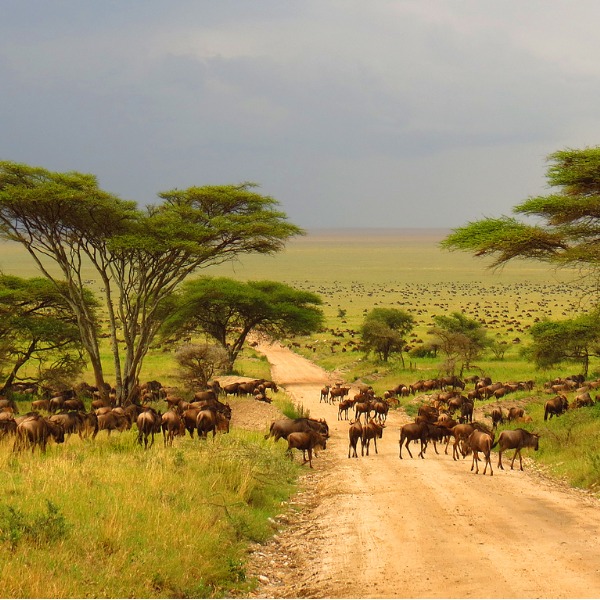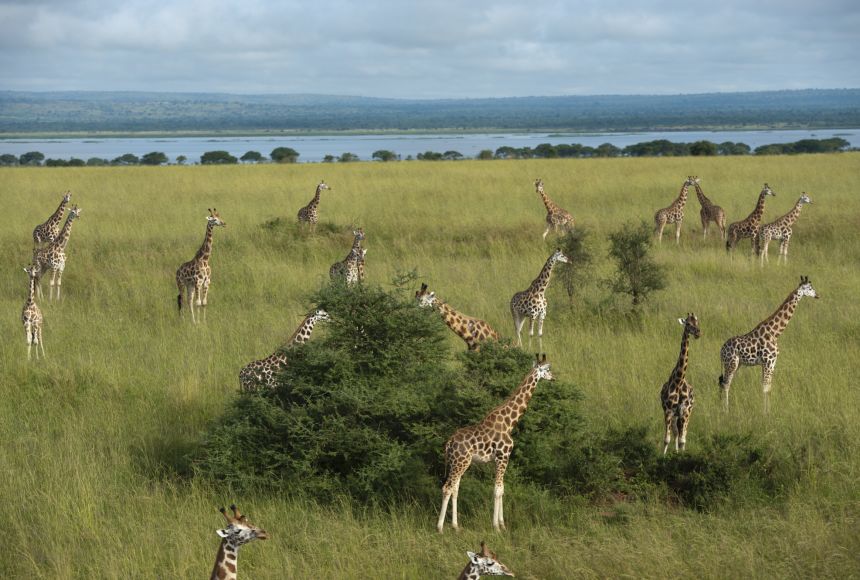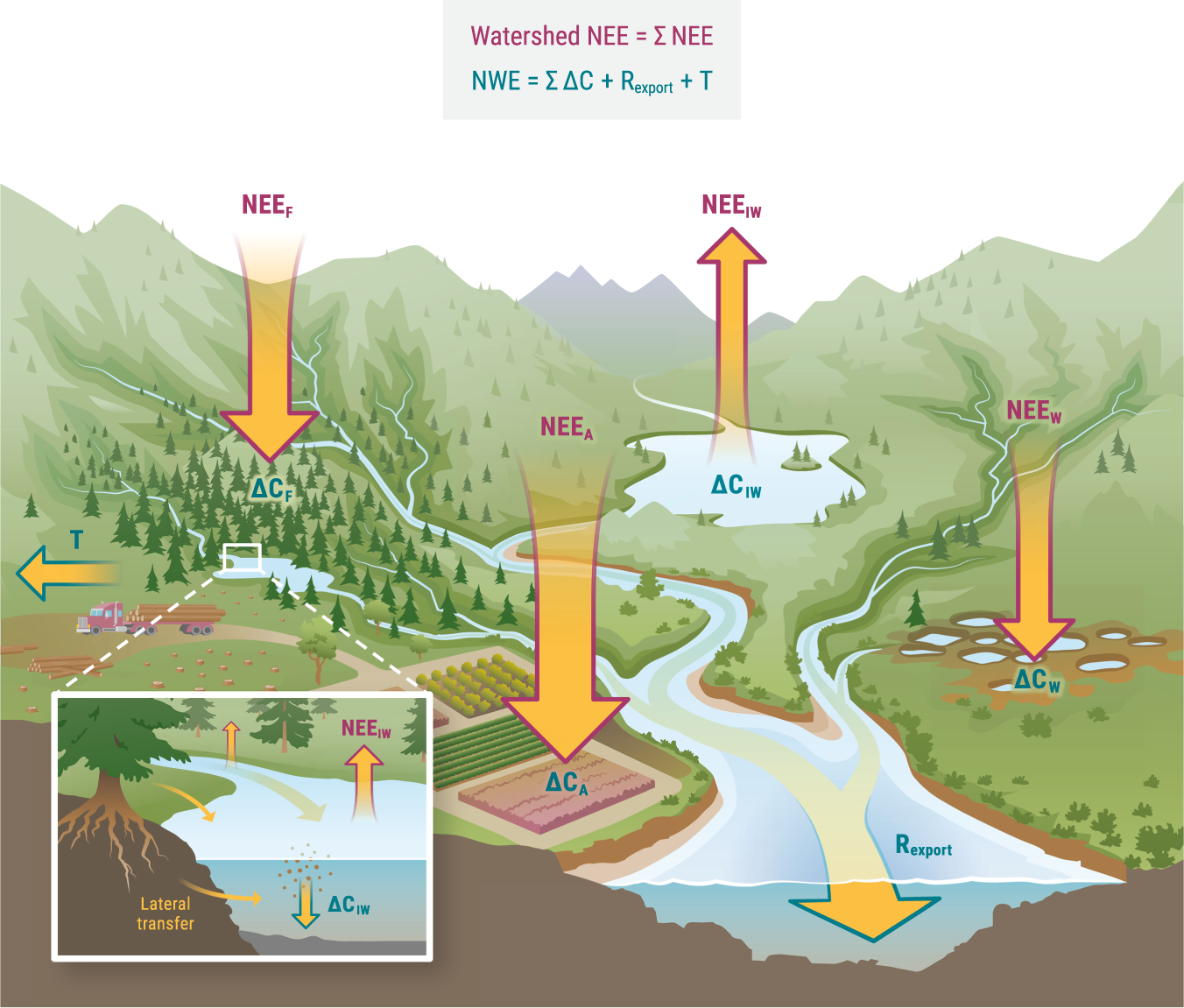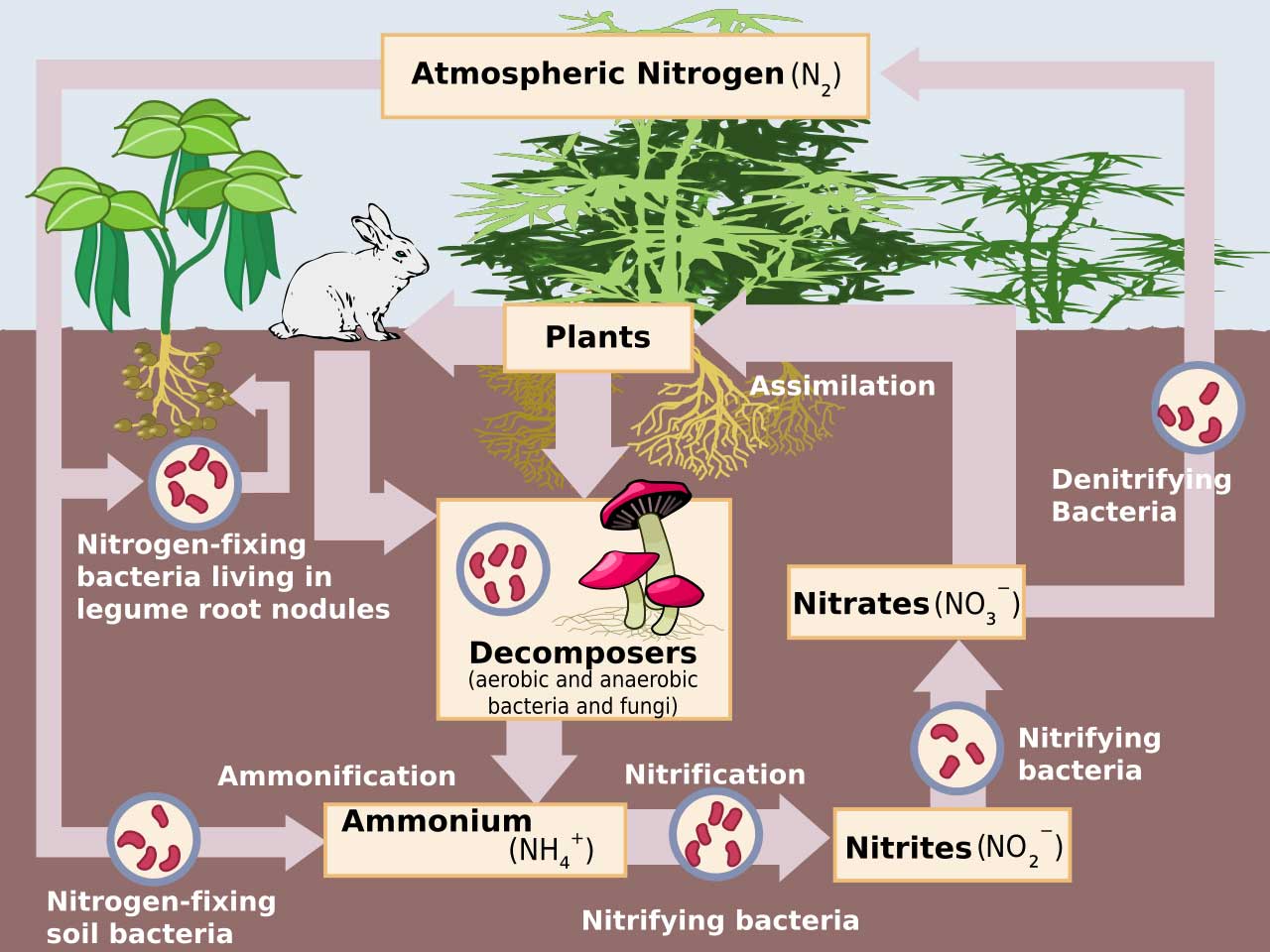Topic savanna grassland ecosystem: Explore the savanna grassland ecosystem, a realm of unparalleled biodiversity where the dance of life unfolds beneath vast, open skies.
Table of Content
- What is the definition of a savanna grassland ecosystem?
- Overview of Savanna Grasslands
- Climate and Seasons
- Flora: Grasses and Trees
- Wildlife: Herbivores, Carnivores, and Omnivores
- Adaptations of Flora and Fauna
- YOUTUBE: Savanna Grassland in Biomes of the World
- Ecological Importance
- Human Impacts and Conservation Efforts
- Challenges Facing Savanna Ecosystems
- Role in Global Biodiversity
- Research and Education in Savanna Conservation
What is the definition of a savanna grassland ecosystem?
A savanna grassland ecosystem is a type of terrestrial habitat where plants and animals coexist in an open area covered primarily with grasses and scattered bushes. It is characterized by a mix of grassy plains and individual or scattered trees. This type of ecosystem is found in various parts of the world, but it is most commonly associated with the African continent.
In a savanna grassland, the trees are widely spaced apart, allowing for a relatively open canopy. This creates a unique environment that supports a diverse range of organisms, including large herbivores such as elephants, giraffes, and zebras, as well as predators like lions, cheetahs, and hyenas.
The grasses in the savanna provide a crucial food source for many herbivores, while also serving as shelter and nesting grounds for smaller animals and birds. The scattered bushes and trees provide additional resources and habitats for various species.
Due to its open nature, savanna grasslands are prone to seasonal changes in temperature and rainfall. This variability in weather patterns influences the plant and animal life in the ecosystem, shaping their adaptations and behaviors.
The savanna grassland ecosystem plays a vital role in the overall balance of the Earth\'s ecosystems. It supports a diverse range of plant and animal species and contributes to global biodiversity. The grasslands also have significant ecological and economic value, serving as grazing grounds for livestock and providing important ecosystem services such as carbon sequestration and soil erosion prevention.
To summarize, a savanna grassland ecosystem is a unique habitat characterized by open grassy plains, scattered trees and bushes, and a diverse range of plant and animal species. It plays a crucial role in supporting biodiversity and providing essential ecosystem services.
READ MORE:
Overview of Savanna Grasslands
The savanna grassland ecosystem is characterized by its rolling grasslands interspersed with scattered trees and shrubs, presenting a unique and dynamic environment that spans across many continents including Africa, South America, Australia, and India. This ecosystem thrives under conditions of seasonal rainfall, leading to a rich biodiversity that supports a wide range of life forms.
Savannas are vital for maintaining ecological balance, offering habitat for numerous species while also playing a key role in the carbon cycle and climate regulation. These ecosystems are adapted to conditions of both drought and heavy rain, with flora and fauna exhibiting remarkable adaptations to survive in such varying conditions.
- Climate: Primarily warm and seasonally wet, experiencing distinct wet and dry seasons.
- Flora: Dominated by grasses with scattered trees such as baobabs, acacias, and eucalyptus.
- Fauna: Home to a variety of animals including large mammals like elephants, lions, and zebras, as well as numerous bird species, insects, and reptiles.
- Human Impact: Savannas face threats from overgrazing, deforestation, and climate change, highlighting the need for sustainable management and conservation practices.
The savanna ecosystem"s resilience and productivity make it an essential component of our planet"s biodiversity, providing key ecosystem services such as grazing lands for livestock and habitat for wildlife, which in turn supports local and global economies.

Climate and Seasons
Savanna grasslands are predominantly found in regions where the climate is characterized by a marked distinction between wet and dry seasons. This distinct seasonality has profound effects on the ecosystem"s structure, biodiversity, and the survival strategies of the flora and fauna that inhabit it.
- Wet Season: Typically lasting for several months, the wet season brings abundant rainfall, rejuvenating the landscape and triggering a burst of life. Grasses grow lush and green, and water sources become plentiful, supporting the needs of a wide range of animal species.
- Dry Season: Contrasting sharply with the wet season, the dry season sees significantly reduced rainfall, leading to drier conditions where water becomes scarce and vegetation dries out. This season challenges the survival of many species, though it is also a time when certain plants and animals thrive.
- Temperature: Temperatures in savanna grasslands can vary widely, but generally, they are characterized by warm to hot conditions, with more moderate temperatures occurring during the wet season due to cloud cover and increased humidity.
The interplay between these seasons shapes the life cycles of the ecosystem"s inhabitants, dictating patterns of movement, reproduction, and feeding. Plants and animals have evolved various adaptations to cope with the environmental stresses and opportunities presented by each season, making the savanna a dynamic and ever-changing landscape.
Flora: Grasses and Trees
The flora of savanna grasslands is a diverse and specialized group adapted to thrive in the ecosystem"s unique climatic conditions, with grasses and trees forming the backbone of this environment. The vegetation is primarily designed to withstand periodic fires and prolonged dry seasons, ensuring the survival and regeneration of the ecosystem.
- Grasses: These are the dominant vegetation type in savanna ecosystems, with species such as Rhodes grass, red oat grass, and lemon grass being prevalent. They have deep root systems to survive the dry season and quickly regenerate after fires or grazing.
- Trees: Scattered trees such as the iconic Acacia, Baobab, and Jackalberry dot the landscape, providing shade, food, and habitat for various wildlife. These trees have adapted to the savanna"s conditions with features like thick bark to protect against fire and deep roots to access water during dry periods.
- Adaptations: Many plants in the savanna have adaptations such as waxy coatings on leaves to reduce water loss, thorns to protect against herbivores, and the ability to grow quickly during the brief wet season.
This delicate balance of flora supports a wide range of life and contributes to the savanna"s overall biodiversity. The grasses provide essential forage for herbivores, while the trees offer nesting sites and food for birds and other animals, creating a complex and interconnected ecosystem.

Wildlife: Herbivores, Carnivores, and Omnivores
The savanna grassland ecosystem is a dynamic habitat that supports a diverse array of wildlife, including herbivores, carnivores, and omnivores, each playing a crucial role in the ecological balance. This biodiversity is essential for the maintenance of the ecosystem, providing a complex web of predator-prey relationships and facilitating nutrient cycling.
- Herbivores: These animals form the basis of the food chain in the savanna, grazing on the abundant grasses and browsing the leaves of trees. Species include zebras, wildebeests, elephants, and giraffes, whose feeding strategies are adapted to the variety of vegetation available.
- Carnivores: Predators such as lions, cheetahs, and hyenas thrive in the savanna, relying on the herbivorous animals for food. These carnivores are crucial for maintaining healthy populations of prey species by preventing overgrazing and controlling disease spread.
- Omnivores: Animals like baboons and warthogs consume a varied diet of plants, insects, and small animals, playing a key role in seed dispersal and the control of insect populations, thus contributing to the overall health of the savanna.
Each species within the savanna ecosystem has developed unique adaptations to survive in this environment, from the speed and agility of cheetahs to the complex social structures of elephants. The interdependence of these species underlines the importance of conservation efforts to preserve the savanna"s rich biodiversity.
Adaptations of Flora and Fauna
In the savanna grassland ecosystem, both flora and fauna exhibit remarkable adaptations that enable them to survive and thrive under the extreme conditions of wet and dry seasons, as well as frequent fires. These adaptations are crucial for their survival and play a significant role in the ecological dynamics of the savanna.
- Flora Adaptations:
- Grasses possess deep root systems that allow them to access water during droughts and to quickly resprout after being grazed or burned.
- Trees such as the Baobab store water in their thick trunks, enabling them to survive prolonged dry periods. Their leaves are small or absent during dry seasons to minimize water loss.
- Many plants have thorns or produce toxic chemicals to deter herbivores from grazing.
- Fauna Adaptations:
- Large herbivores like elephants and giraffes have developed adaptations to feed on different levels of vegetation, reducing competition for food.
- Carnivores such as lions have adapted to hunting in open spaces, using teamwork and strategy to catch fast-moving prey.
- Many animals are migratory, moving long distances to find food and water as seasons change.
These adaptations ensure the survival of species through the harsh dry season and the exploitation of abundant resources during the wet season, maintaining the balance and resilience of the savanna ecosystem.
:max_bytes(150000):strip_icc()/lions-on-savanna-56a09a753df78cafdaa327a6.jpg)
Savanna Grassland in Biomes of the World
\"Discover the wonders of our planet\'s vibrant ecosystem in this captivating video! Immerse yourself in the beauty and diversity of nature, as we explore the intricate balance that sustains life in this extraordinary web of living organisms.\"
Ecological Importance
The savanna grassland ecosystem plays a critical role in the global environment, contributing significantly to biodiversity, the carbon cycle, and the livelihoods of many species, including humans. Its ecological importance cannot be overstated, as it provides essential services that maintain ecological balance and support diverse life forms.
- Biodiversity: Savannas are among the most biodiverse ecosystems on the planet, home to a vast array of species from grasses and trees to large mammals and birds. This diversity is crucial for ecological resilience, allowing the ecosystem to withstand and recover from environmental stresses.
- Carbon Sequestration: The grasses and trees of the savanna play a significant role in carbon dioxide absorption, helping to mitigate the effects of climate change. Their capacity to store carbon in their biomass and soil is vital for global carbon cycle regulation.
- Water Regulation: Savanna ecosystems contribute to the regulation of water cycles, with their soils and vegetation helping to filter and store water, thereby maintaining watershed health and preventing erosion and floods.
- Support for Human Livelihoods: For thousands of years, human societies have depended on savanna ecosystems for grazing livestock, cultivating crops, and harvesting resources like wood and medicinal plants, highlighting the need for sustainable management and conservation practices.
Protecting savanna ecosystems is essential for maintaining their ecological functions, supporting wildlife, and ensuring that future generations can continue to benefit from the goods and services they provide.
The Savanna Biome
\"Embark on a breathtaking journey through different biomes in this awe-inspiring video! Witness the breathtaking landscapes and diverse plant and animal species that inhabit each unique biome, as we delve into the fascinating world of these distinct ecological communities.\"
Human Impacts and Conservation Efforts
Human activities have significantly impacted savanna grassland ecosystems, leading to habitat loss, decreased biodiversity, and ecological imbalance. However, concerted conservation efforts are underway to protect these vital landscapes and the myriad of life forms they support.
- Habitat Loss and Fragmentation: Expansion of agriculture, urban development, and mining activities has led to the conversion of savanna lands, disrupting wildlife habitats and migration routes.
- Overgrazing and Unsustainable Land Use: Excessive grazing by livestock and unsustainable agricultural practices have led to soil degradation, reduced water quality, and loss of native vegetation.
- Climate Change: Altered rainfall patterns and increased temperatures impact the savanna"s delicate balance, affecting species distribution and ecosystem health.
- Conservation Efforts:
- Establishment of protected areas and national parks to conserve critical habitats and species.
- Community-based conservation programs that involve local populations in the sustainable management of savanna resources.
- Restoration projects aimed at reforesting areas with native vegetation and rehabilitating degraded lands.
- Research and monitoring programs to better understand savanna dynamics and the impacts of climate change.
Through these efforts, conservationists aim to mitigate human impacts, preserve the savanna"s ecological integrity, and ensure its continued contribution to global biodiversity and human well-being.

Challenges Facing Savanna Ecosystems
Savanna ecosystems face a range of challenges that threaten their sustainability and the biodiversity they support. Addressing these challenges requires a concerted effort from global to local levels to ensure the preservation of these vital landscapes.
- Climate Change: Increased temperatures and changing rainfall patterns disrupt the delicate balance of savanna ecosystems, affecting plant and animal life cycles, and increasing the risk of fires.
- Invasive Species: The introduction of non-native plants and animals can outcompete native species, alter habitat structures, and disrupt food chains.
- Land Conversion: Conversion of savanna lands for agriculture, urban development, and mining reduces habitat space for native species and leads to fragmentation of the ecosystem.
- Poaching and Illegal Wildlife Trade: Illegal hunting and trading of wildlife severely impact populations of certain species, disrupting ecological balance and reducing biodiversity.
- Overgrazing: Excessive grazing by domesticated animals can lead to soil erosion, loss of native vegetation, and decreased land productivity.
These challenges underscore the need for effective management strategies, conservation policies, and public awareness to protect savanna ecosystems and their invaluable contributions to global biodiversity and human livelihoods.
Role in Global Biodiversity
Savanna grassland ecosystems play a pivotal role in maintaining global biodiversity. Their unique environmental conditions support a wide range of life forms, contributing significantly to the Earth"s biological diversity and ecological health.
- Rich Habitat: Savannas provide habitats for thousands of species, including many that are endemic and cannot be found anywhere else in the world. This diversity includes a variety of plants, mammals, birds, insects, and reptiles.
- Species Interaction: The complex interactions between species in savanna ecosystems, such as pollination, seed dispersal, and predator-prey relationships, are crucial for ecological balance and the evolution of species.
- Genetic Diversity: The wide range of environmental conditions within savannas promotes genetic diversity within species, which is key for adaptation to changing environments and resilience to diseases.
- Climate Regulation: By storing carbon in their vegetation and soils, savannas play a role in climate regulation, contributing to the mitigation of climate change.
- Cultural and Economic Value: Savannas are of great cultural significance to many indigenous and local communities. They also provide essential resources and ecosystem services that support economies through tourism, agriculture, and grazing.
The conservation of savanna ecosystems is therefore crucial for preserving global biodiversity, ensuring the stability of climate systems, and sustaining human livelihoods.

READ MORE:
Research and Education in Savanna Conservation
Research and education are fundamental components of savanna conservation, driving the development of strategies to protect these ecosystems and their biodiversity. Through scientific study and public engagement, we can enhance our understanding of savannas and foster a commitment to their preservation.
- Scientific Research: Ongoing research in areas such as ecology, climate change impacts, and sustainable management practices is critical for understanding the complexities of savanna ecosystems. Studies focus on species interactions, conservation biology, and the effects of human activities on these environments.
- Conservation Education: Educational programs aimed at all levels, from local communities to global audiences, raise awareness about the importance of savannas. These programs often emphasize the value of biodiversity, the challenges of conservation, and how individuals can contribute to ecosystem preservation.
- Community Involvement: Involving local communities in conservation efforts is crucial for the success of savanna preservation. This includes training in sustainable land use practices, the development of eco-tourism, and participation in research and monitoring activities.
- International Collaboration: Conservation of savanna ecosystems benefits from international cooperation, sharing knowledge, resources, and strategies across borders. Global networks and partnerships facilitate research, funding, and conservation initiatives on an international scale.
Through focused research and education, we can ensure the long-term preservation of savanna ecosystems, benefiting both biodiversity and human societies worldwide.
Embracing the savanna grassland ecosystem"s beauty and complexity highlights our role in safeguarding this irreplaceable treasure, promising a future where biodiversity flourishes alongside human prosperity.









